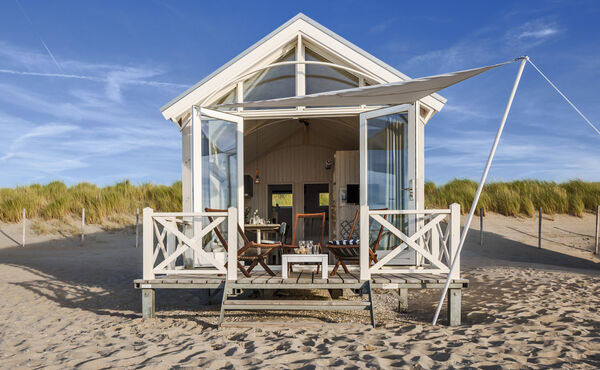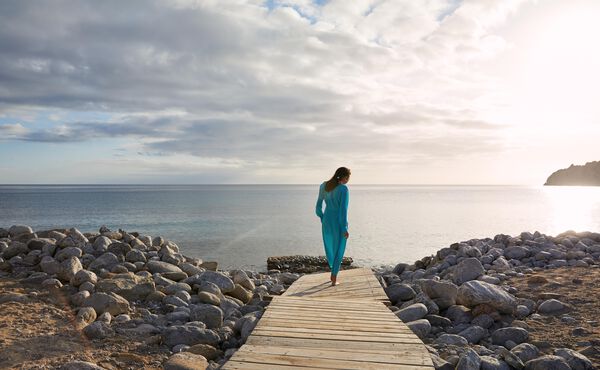There’s something magical about the summer solstice. It’s when the sun climbs higher in the sky than any other day of the year, bringing the longest stretch of daylight to the northern hemisphere and marking the official start of summer. What are your solstice plans this year? Here’s how people around the world are celebrating.
The summer solstice falls on June 21 this year. It’s the longest day of the year for the northern hemisphere, so anyone living north of the equator gets to enjoy some extra hours of daylight. But the summer solstice is more than just a long enough day to get your to-do list done. Since ancient times, it’s been a meaningful celebration of light, love, growth, fertility and infinite possibility.
Many cultures still celebrate the summer solstice, also referred to as “midsummer” or “litha” in some countries. Just like the celebration of the spring equinox when the spring season officially arrives, the summer solstice represents new beginnings. Whether they revolve around early-morning sun salutations or late-night bonfires, the summer solstice celebrations are a way to remind us to rejoice in the energy of the sun and to celebrate the light in our lives and in ourselves.
To inspire you to make the most out of this year’s longest day, here are six glorious traditions from all around the world. Happy solstice!
1. Greet the rising sun at Stonehenge
Each year, thousands gather at England’s famous Stonehenge to watch the sunrise. Stonehenge is an intriguing pre-historic stone circle, which has puzzled archeologists and historians for centuries. On the summer solstice, the stone circle is precisely aligned with the rising and setting sun. It’s believed that solstices have been celebrated here for thousands of years. In fact, the celebration of the summer solstice may have been the very reason why Stonehenge was built.
2. Join a mass yoga session in India
In India, people come together for mass yoga sessions at dawn to greet the solstice sun. It’s a tradition that comes from the belief that it was on summer solstice that Adiyogi (the first yogi) met his disciples, who would help him bring the practice of yoga to different parts of the world. The mass yoga events on summer solstice, some of which are attended by more than 100,000 people, take place in cities across the country.
3. Dance barefoot with flowers in your hair in Sweden
In Sweden, the summer solstice—or “midsommar”, as the Swedes say—is a widely celebrated national holiday. With summery songs, crowns of flowers, breezy white dresses and flowery maypoles to dance around, Sweden’s traditional midsummer festivals seem to come straight from a fairytale.
4. Jump over bonfires in Eastern Europe
Ukraine, Belarus, Poland, Russia and other Eastern European countries celebrate the summer solstice on Ivan Kupala, an ancient celebration that revolves around love, romance and Slavic fertility rites that date back thousands of years. Jumping over bonfires is a common tradition. It’s a way for young people to test their bravery, and for couples—who jump over the fire holding hands—to test their compatibility.
5. Light up the sky in the Austrian Alps
Bonfires are lit on the snowy mountaintops of Austria, too. The fires are too tall to jump over, but they do offer a spectacular sight. The fires are lit shortly after nightfall, illuminating the mountain peaks and slopes across the Austrian Alps. Setting ablaze the mountaintops is an Alpine solstice tradition that dates back all the way to the Middle Ages.
6. Watch the sun set between the pyramids of Egypt
In Cairo, you can catch a unique sunset on the summer solstice. The sun sets precisely between the two main pyramids. And that’s not all—if you stand near the Sphinx as you watch the solstice sunset, the silhouette of the setting sun between the two pyramids looks exactly like the hieroglyph for “horizon”. There’s no way to know for sure, but it’s thought that the ancient Egyptians deliberately aligned the pyramids with the sun. In any case, the view is absolutely magical.




